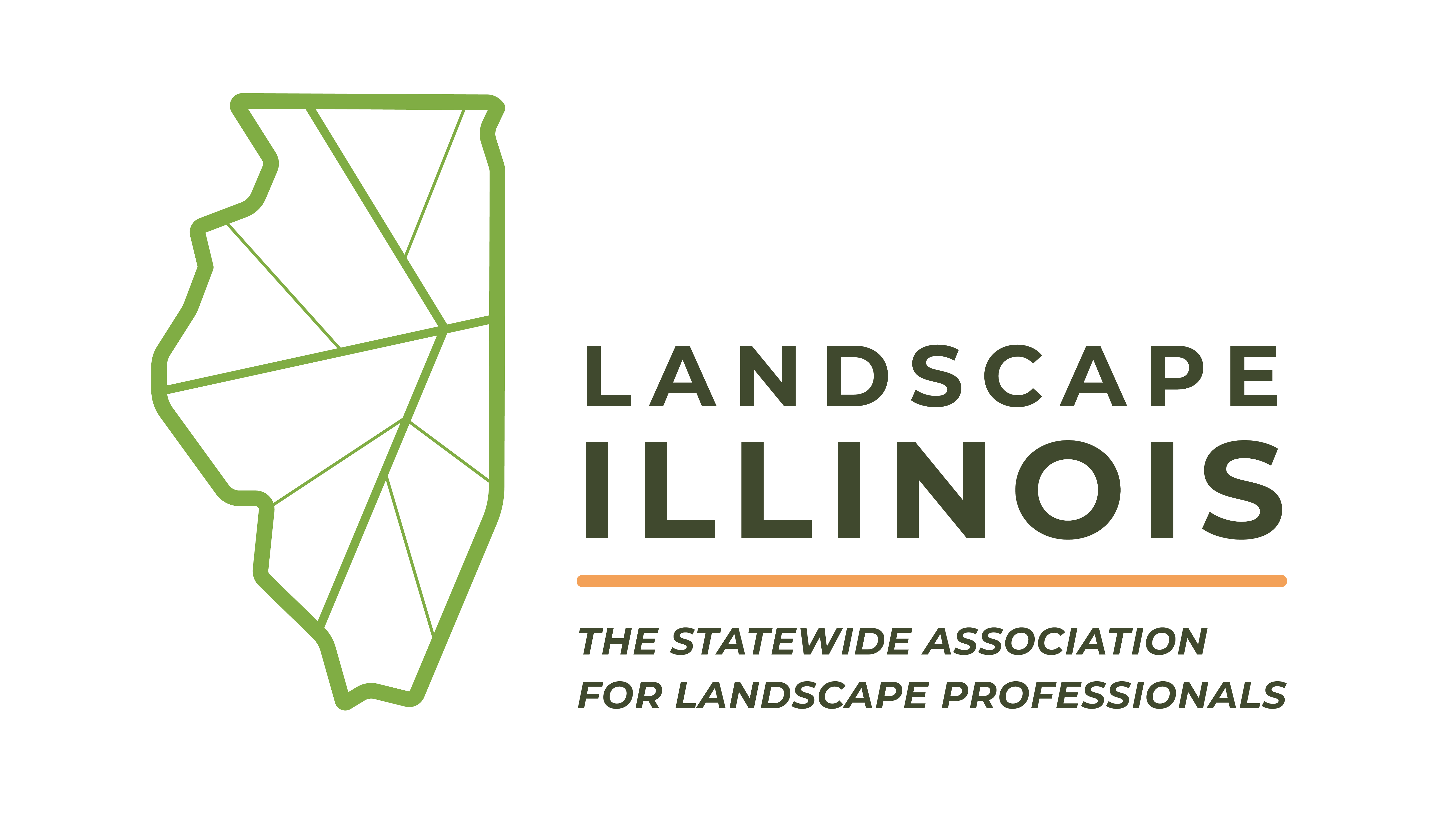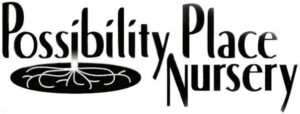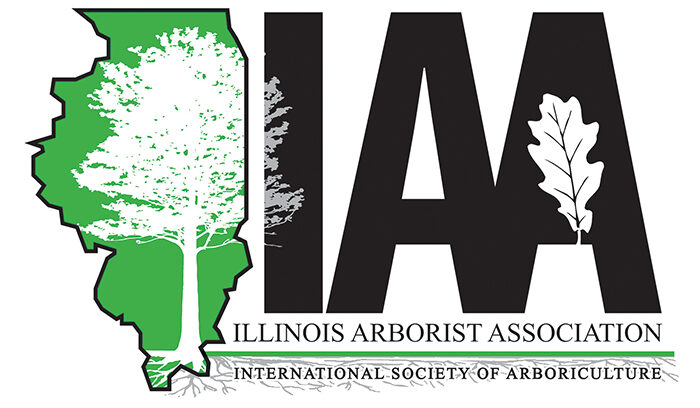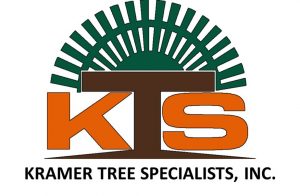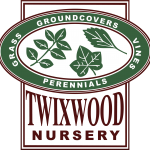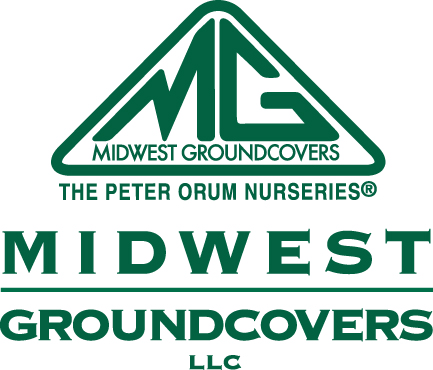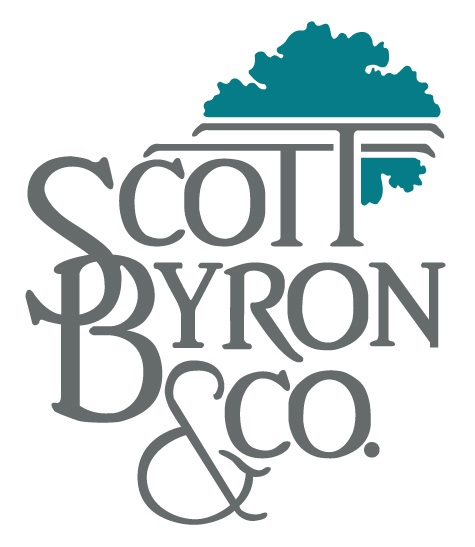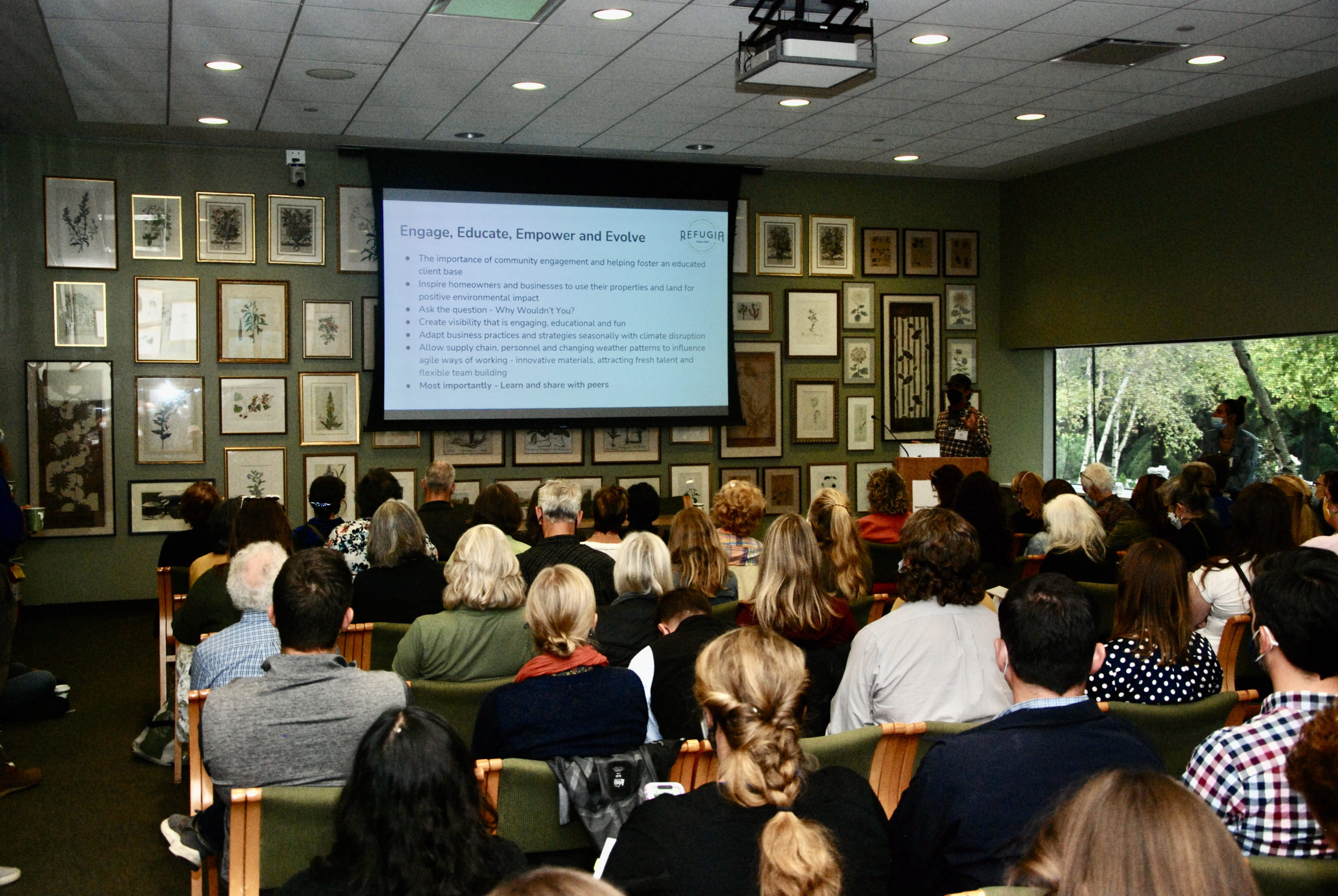
The Impact Conference
Make a Sustainable IMPACT in Your Environment!
This event includes invigorating sessions on sustainable and ecological landscape practices. The day will also include vendor displays featuring the latest in sustainable products & practices and networking opportunities with those new to sustainable practice and old pros who know the ropes. CEU’s will be available for Landscape Architects!
Schedule of Events
7:15 AM – 8:15 AM
Check-In & Badge Pick-Up
Morning Sessions
8:00 AM – 8:05 AM
Welcome & Introduction
Speakers: Kim Hartmann, Brandon Losey
Location: Auditorium
8:05 AM – 8:10 AM
Sustainability Announcement
Speaker: Brandon Losey
Location: Auditorium
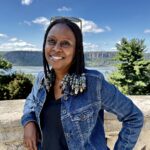
8:10 AM – 9:40 AM
Opening Keynote - Reawakening Ancestral Connections to Land
Speaker: Wambui Ippolito, Wambui Design
Location: Auditorium
Working ethically in landscape design requires a recognition that land holds memory, that our ancestors’ footsteps, struggles, and blessings are embedded in it. By honoring our own family land heritage, we can learn to foster a healthy reciprocal relationship with nature. In this talk, Wambui will share how to identify and locate one’s ancestral relationship with nature and, in so doing, completely shift your design process.
9:40 AM – 10:00 AM Break
10:00 AM – 11:00 AM Concurrent Sessions – Block 1

Session 1A
ROI Based Design and Management of Natural Landscapes in Corporate Settings
Speaker: Michael Keenan, Urban Ecosystems
Location: Room 101ABC
Natural and sustainable landscapes have increased in popularity in recent years. The ecological benefits are typically touted as the principal driver for converting from a conventional landscape type. However, little is typically communicated about the economic aspects of sustainable landscapes. Learn how parameters of design and management in naturalistic landscapes can influence a quicker return on investment and build value for corporate and commercial customers.
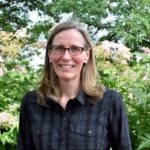
Session 1B
Oaks, Fire, and Climate Change
Speaker: Heather Holm, Pollinator Conservationist and Author
Location: Auditorium
This presentation will look into the past to understand grassland systems at the time of Euro-American settlement and discuss how Native Americans managed and influenced the composition of these grassland systems with their regular use of fire. Heather will also discuss the impacts of fire as a strong selective pressure on keystone plants and bees. Pivoting to look into the future using projected climate modeling, Heather will address the ecological conditions today, focusing on oak ecosystems and grasslands, then paint a picture of what a functional, biodiverse, and resilient landscape may look like in the future, and what actions are needed to achieve these outcomes.
11:00 AM – 11:20 AM Break
11:20 AM – 12:20 PM Concurrent Sessions – Block 2
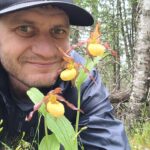
Session 2A
Natives That Need More Love: Native Short-statured Landscape Forbs, Sedges, and Grasses that are Underutilized in Landscapes
Speaker: Luke Dahlberg, Citizens for Conservation
Location: Room 101ABC
There are a plethora of native plants to choose from to use in landscaping and restorations. However, as the use of these species continues to increase, many of these great plants are still not utilized in our landscapes, especially the short-statured early bloomers. Learn about the many species of short forbs, grasses, and sedges that need more representation, some of the potential factors for why they are not utilized as much as other native, and how to incorporate them in our landscapes.
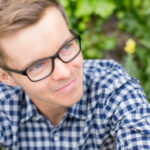
Session 2B
You are an Educator – Cultivating Confidence with New Approaches to Landscape
Speaker: Chris Fehlhaber, Chanticleer Garden
Location: Auditorium
A disconnect exists between the popular and traditional ideas of landscape and the ecological forefront our industry has begun to embrace. All of us in the green industry are responsible for accurately representing the importance of our work and the value of doing that work well. Come together for a conversation highlighting effective strategies and approaches to elevating progressive horticultural practices.
12:20 PM – 1:10 PM Lunch
Location: Room 101ABC
1:10 PM – 2:00 PM Concurrent Sessions – Block 3

Session 3A
Parametric Planting: Designing Biodiverse Gardens Using Emerging Design Tools
Speaker: Conor O’Shea, Hinterlands
Location: Room 101ABC
In this talk, Conor O’Shea will present an under-the-hood snapshot of the ever-evolving computational planting design process at Hinterlands, his Chicago-based landscape architecture practice. Drawing on case studies of recent midwestern gardens, he will showcase how his work at Hinterlands sits at the intersection of computational design, the new perennial movement, and insect-friendly approaches to planting design and maintenance. He will highlight tools in the Hinterlands workflow, such as Rhino, Grasshopper, and Augmented Reality. He will also discuss how he is translating the tenets of new naturalism, such as layered planting, intermingling, and matrix planting, into an emerging computational design aesthetic using digital tools.

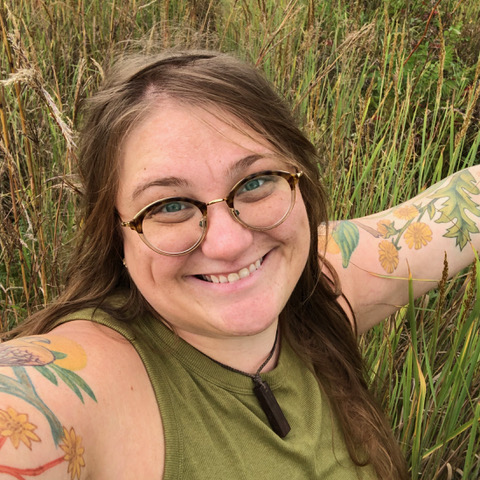

Session 3B
Rethinking Lawns: Understanding the Growing Field of Lawn Alternatives
Speakers: Becky Barak, Ph.D., Chicago Botanic Garden; Liz Anna Kozik, Chicago Botanic Garden; Lauren Umek, Ph.D., Chicago Park District
Location: Auditorium
Turfgrass lawns are the number one irrigated crop in North America.. While the lawns of our play fields and picnic spaces are valuable, other lawns exist as an unconsidered, socially-default landscape. All these roadsides, corporate campuses, parking lots, and other incidental lawn spaces in our landscapes have the potential to become something more. While converting these lawn spaces into full prairie restorations would be better overall for the environment and potentially better for ecosystem services, this is often not feasible or desired due to safety or aesthetic concerns associated with taller vegetation. Here we propose a “middle ground” of native lawn alternatives– plantings that are short, like lawn, but that deliver ecosystem services over and above those provided by turfgrass.
This talk will introduce the menu of options of lawn alternatives on the market. Then, the Rethinking Lawns team will introduce their research into human benefits to changing lawns, and the potential for native plants in our landscapes. We’ll also share feedback received by park visitors, and lessons learned in installing, maintaining, and communicating these unique landscape installations that are somewhere between lawn landscaping and ecological restoration in urban contexts.
2:00 PM – 2:50 PM Concurrent Sessions – Block 4
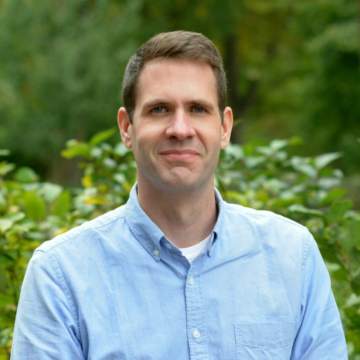
Session 4A
Integrating Tree Water Use Strategies into Landscape Design and Maintenance
Speaker: Luke McCormack, The Morton Arboretum
Location: Room 101ABC
Drought and waterlogging both cause tree stress and dieback. However, most observations of tree water stress focus on aboveground responses rather than investigating the drivers of success or failure related to roots belowground. In this session, we will discuss some of the causes and consequences of water stress from a belowground perspective as well as considerations for tree selection and planting to minimize stress when possible.

Session 4B – Panel Discussion
Connections to Ecosystems and Landscapes
Panelists: Wambui Ippolito, Heather Holm, Chris Fehlhaber, Conor O’Shea, Gerardo Trujillo
Moderator: Angela Bowman
Location: Auditorium
2:50 PM – 3:05 PM Break
3:05 PM – 3:55 PM Closing Keynote
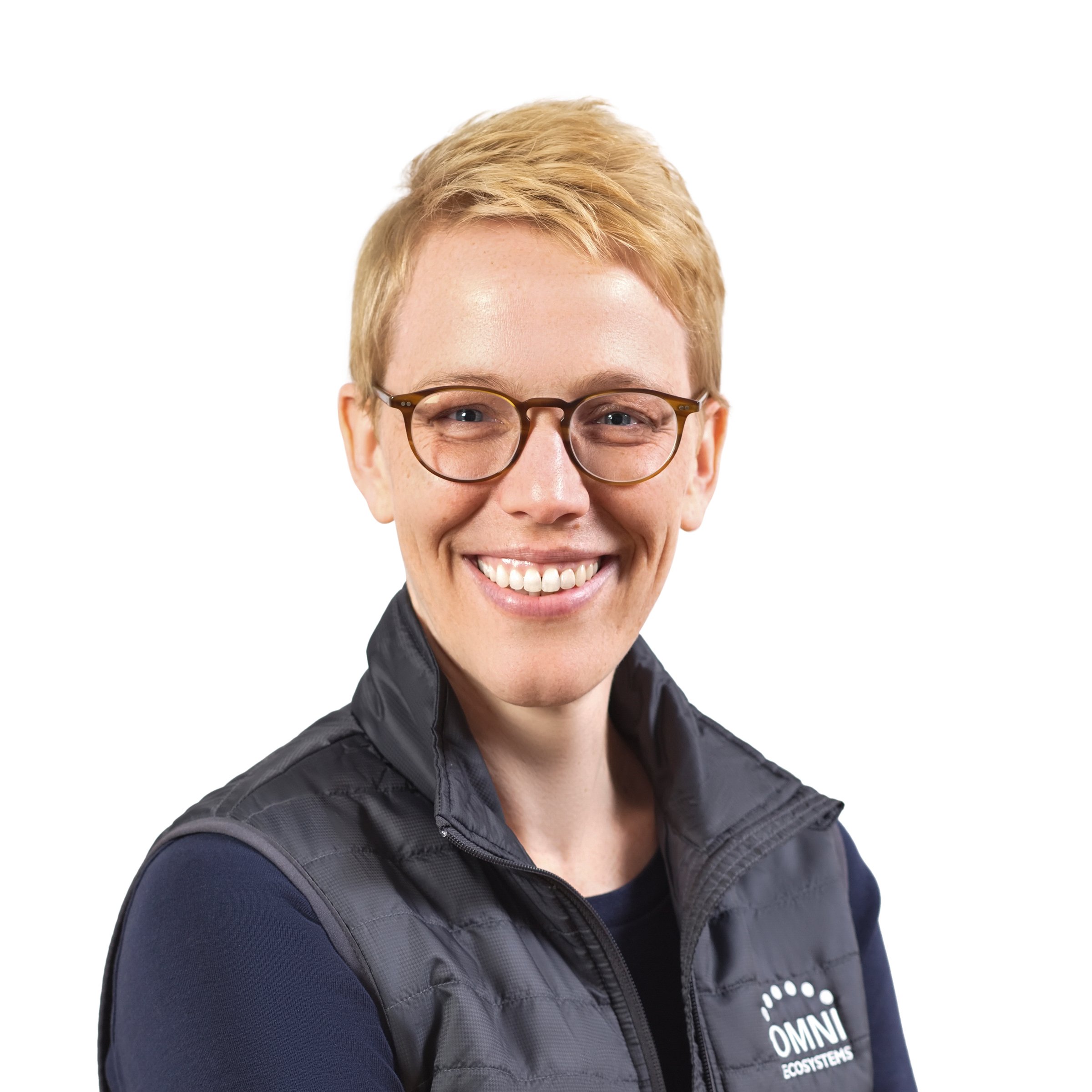
An Ecological Entrepreneur's Journey
Speaker: Molly Meyer, Omni Ecosystems
Location: Auditorium
Hear Molly Meyer's story of founding, scaling, and operating Omni Ecosystems. Learn about the mechanics and the strategy behind how the company was built, its solutions were developed, and its products brought to market. In addition to Omni's work in developing & supplying soils for green roofs, bioswales, and rain gardens over the past 16+ years, Molly had founded & led businesses specialized in landscape architecture, landscape construction & maintenance, urban agriculture, and real estate development. Molly will share their perspective on innovating via small business and the unique challenges small businesses face in the 21st Century. If you are an entrepreneur, work for a small business, or think you may want to start your own business, you won't want to miss this session.
4:00 PM – 6:00 PM Evening Programming
Afterparty Roundtable Discussions
After the last educational session, stick around for the networking reception from 4:00-6:00pm. Grab a drink, engage your new connections, and/or join the structured roundtable discussions on the following topics:
- Food Forests
- How to Incorporate Native Plants into Traditional Design
- Managing Belowground for Healthier Aboveground
- Rain Gardens and Bioswales
- Using Plants as Tools: Solving Common Landscaping Problems with Natives
- How to Spark the Next Generation
- Are Native Plants Really Low Maintenance?
- How to be a More Sustainable Company
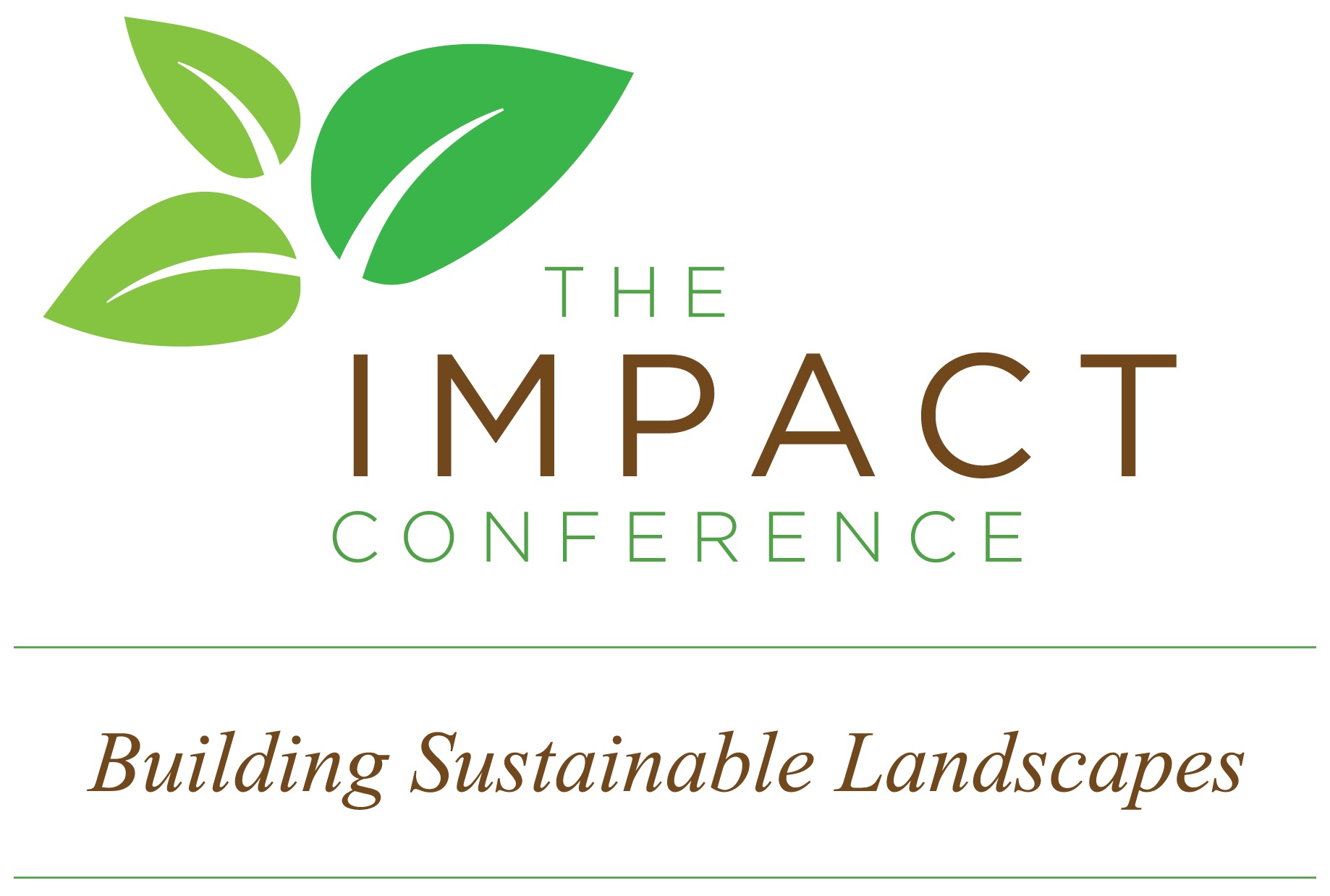
Organizer: Melissa Custic
Click here to contact [email protected] for further information about this event.
